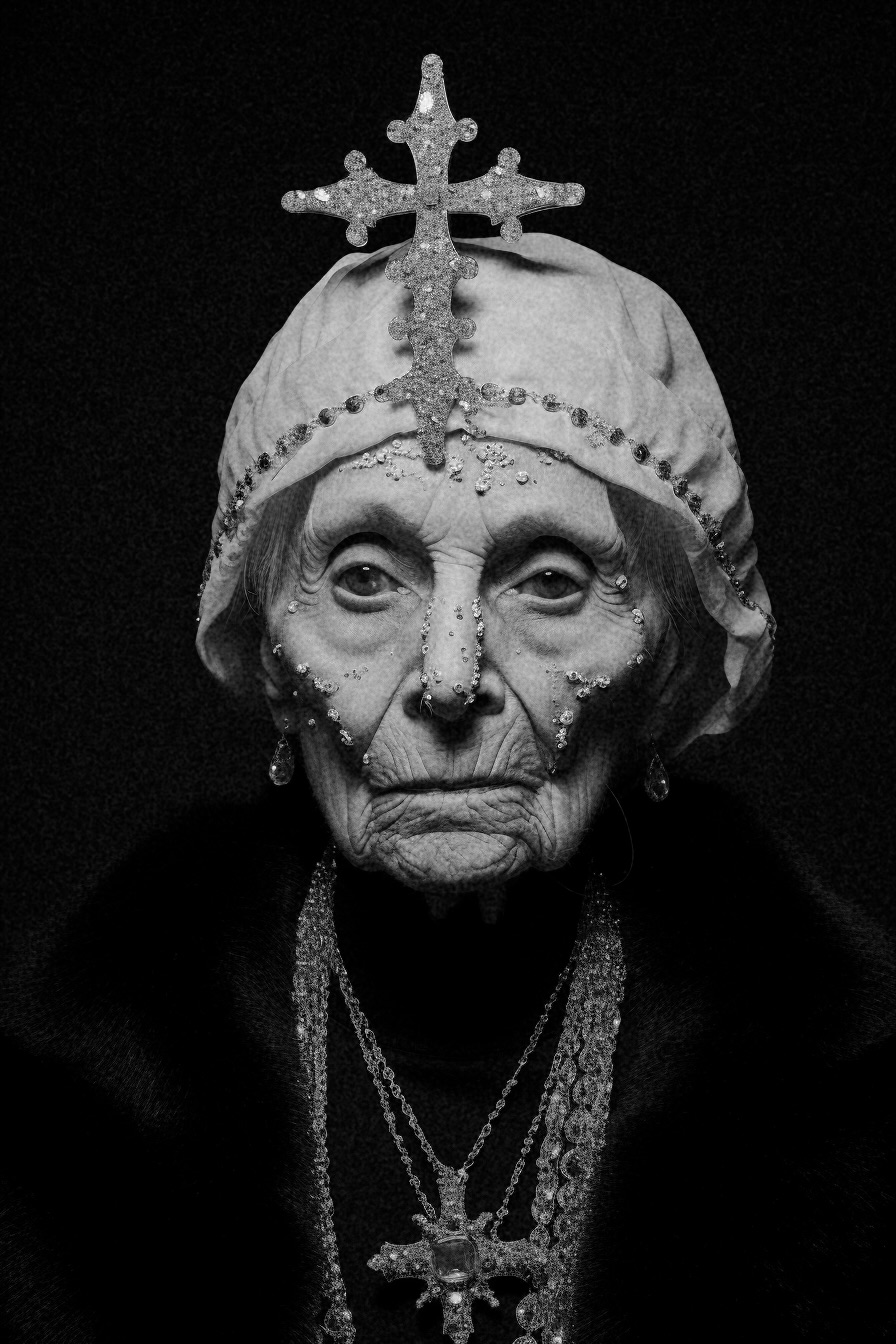
Memento Mori – Dancing with Cristina’s
Memento Mori – Dancing with Catrina’s
When visiting Mexico, newcomers are often struck by the abundance of skulls and skeletons. Brightly colored skulls serve as eccentric souvenirs for tourists, while clothing and decorative fabrics with skull motifs stand out as bizarre textiles. Even shops selling clothing and headgear contain mannequins reminiscent of the mysterious realm of the dead. To better understand the Mexican worship of death, we must go back to the country's history. The Cult of the Dead in Mexico began in the Middle Ages, when the area of modern-day Mexico included the Aztec empire. Unlike Europe, death was never considered taboo in Aztec culture. The Aztecs valued life after death as much as Christians, albeit with significant differences in access to heaven. Those who died in battle or during childbirth were promised a prosperous aftermath, while those who reached a respectable old age were greeted by the god Miktlantecuitli, with a skull-like face, and doomed to total dissolution. These beliefs led the Aztecs to celebrate life and ease death with sacrifices to delay inevitable death. Thus was born the cult of the dead, a legacy that modern Mexican culture inherited from its Aztec ancestors. During the Mexican Civil War in 1920, during which many people heroically sacrificed their lives, the cult of death gained new strength. Today, a deep reverence for death persists in Mexican culture. The Mexicans embrace her as the "Black Lady," the "Holy Death," and sometimes even as their "lover" or "bride." The highlight of the Mexican death cult is the celebration of the Day of the Dead on November 1 and 2, in which pagan and Christian traditions harmoniously come together. The Aztecs originally celebrated two separate festivals in honor of the deceased: Mikkailuitontli for deceased children and Socotuetzi for adults. These celebrations were combined with the Catholic All Souls' Day, which is celebrated on November 2. On these days, Mexicans not only visit the graves of their loved ones, but also organize stately processions and pray to the Lady of Death for health, prosperity and protection from enemies. During this celebration, children receive symbolic gifts such as sugar skulls and chocolate boxes.